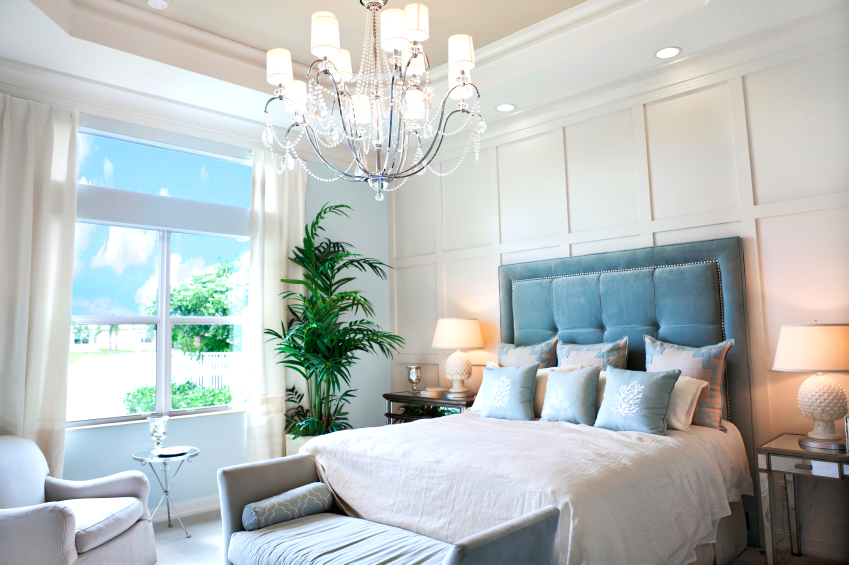Contributed by Tori Toth
 A home buyer’s gut reaction never goes away. That’s why a home seller should critique each area of their home, or recruit a judgmental friend who can help answer questions like these in each room of their home:
A home buyer’s gut reaction never goes away. That’s why a home seller should critique each area of their home, or recruit a judgmental friend who can help answer questions like these in each room of their home:
- Is the room cluttered or clean?
- Are there minor repairs or updates needed?
- Review the six areas of a room. The four walls, the floor and the ceiling. What do you see? Is it eye appealing or outdated?
- When you walk into each room how do you feel? Is it a positive or a negative feeling? Light or dark? Comfortable or cold?
- What’s the first thing you notice? Is it appealing or distracting?
Once a home seller reviews each area and creates a to-do list, it’s time to make a plan on how each room should be portrayed to buyers.
- What will the cohesive style be throughout the home?
- Where will furniture and accessories be placed or removed?
This will take some visual thinking, which can be difficult for some homeowners who are left-brain thinkers. Most of the population is more left-brain driven using organizational and logical skills to conquer a task at hand. The right-brain thinkers, however, use creative ability and function, particularly using shape recognition to assess the world. That’s why some people can visualize the potential of a space, while others have a hard time figuring out how to arrange the furniture or figuring out what accessories go together. Actually only 10 percent of buyers can visualize the potential of a home, making home staging a no-brainer to implement into a home.
Left-brain thinker characteristics include: They like to deal with words or numbers, assess things in parts and are time bound.
Right-brain thinker characteristics include: They prefer dealing with pictures, assess things as a whole and in relation to one another, and are time free.
When thinking about first impressions and how to transform a space for maximum buyer appeal, a homeowner needs to tap into their right-brain thinking to create a cohesiveness throughout the entire space. A home seller can’t just hang a picture on a wall because the wall is empty. It’s important to make sure the picture is generic enough to appeal to all types of buyers; it has to match the color scheme and be in proportion to the rest of the items in the space.
Here are the tools left-brain thinkers need to tap into their creative side and make a difference in a home:
First, take one of the rooms that was analyzed in the home. Now go to that room and review the notes made. Through the power of imagination, one can visualize their new room. Write out and make a list of what typically goes into that room.
Let’s take an entryway for example, there is usually a table, a table lamp, a mirror and/or artwork, a place to sit, and storage for shoes and coats. Next, write down where each of those items would go in the room. Be as specific as possible. Where will the table go? Will the chair go next to the table or by the closet? Will the chair be on an angle? Try to capture the feeling you want the buyer to have when they walk through this room. Is the room light and bright? Warm and cozy? Involve as many emotions, feelings and senses as possible. What will the room smell like? What is the first thing they’ll see?
Then go through what is already in that room and around the house that can be reused. What still has to be satisfied with the list of items needed to create an appealing room? Make sure to jot that in the notes, along with a list of items that will need to be rented or purchased.
Staging a home and maintaining a home while on the market are two different things. A seller can’t just stage a home and expect this singular experience to change the outcome of the selling process. A seller is going to need to maintain the space and that requires using right brain’s power of visualization.
Tori Toth is a home staging expert. Author of Feel at Home: Home Staging Secrets for a Quick and Easy Sell, Founder of The Stage 2 Sell Strategy and Owner of Stylish Stagers, Inc. a NYC based home staging company.







